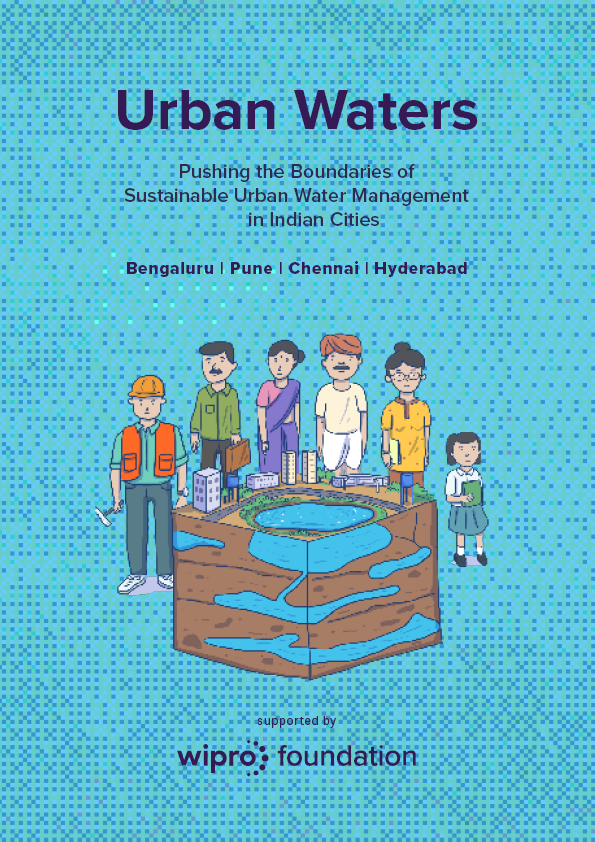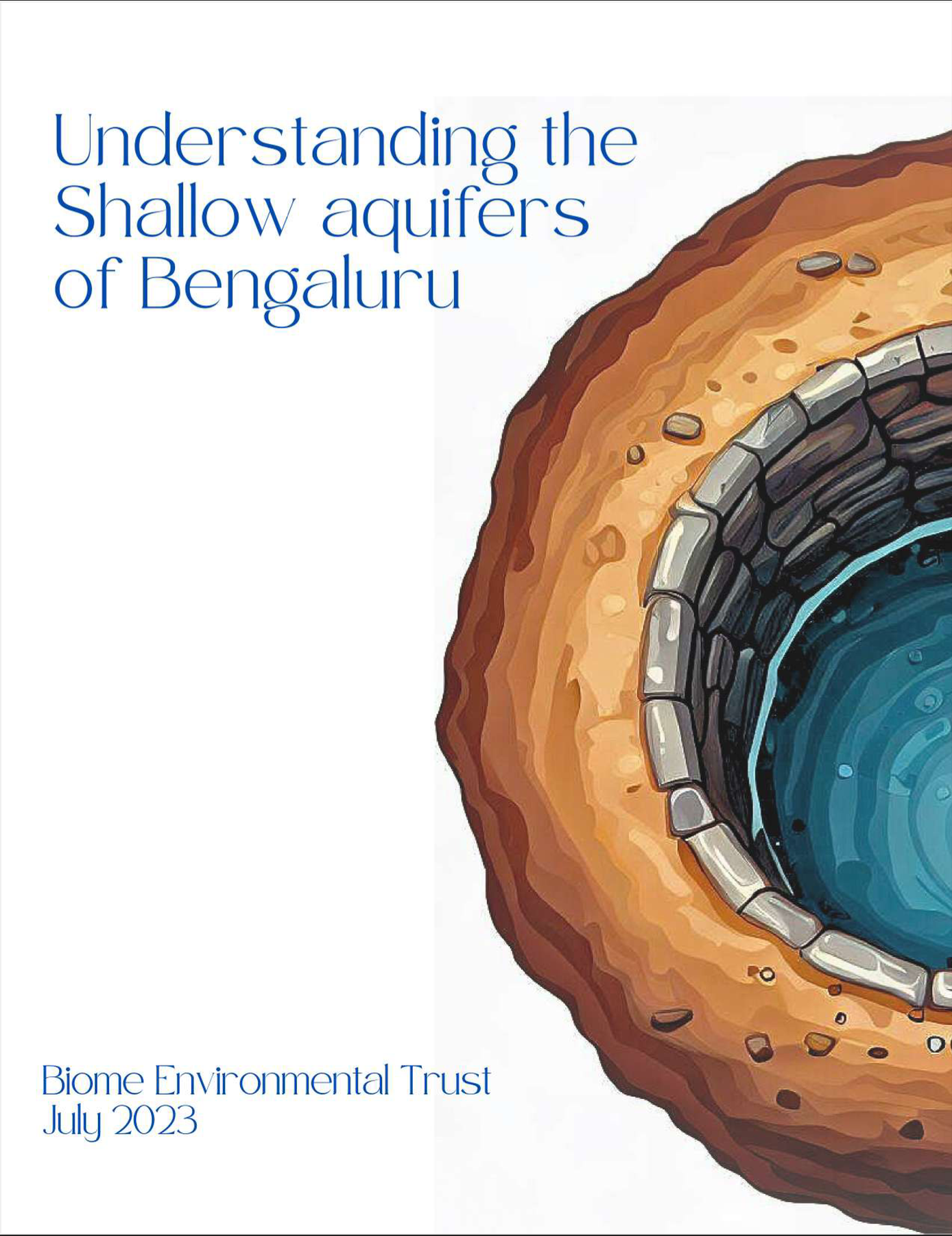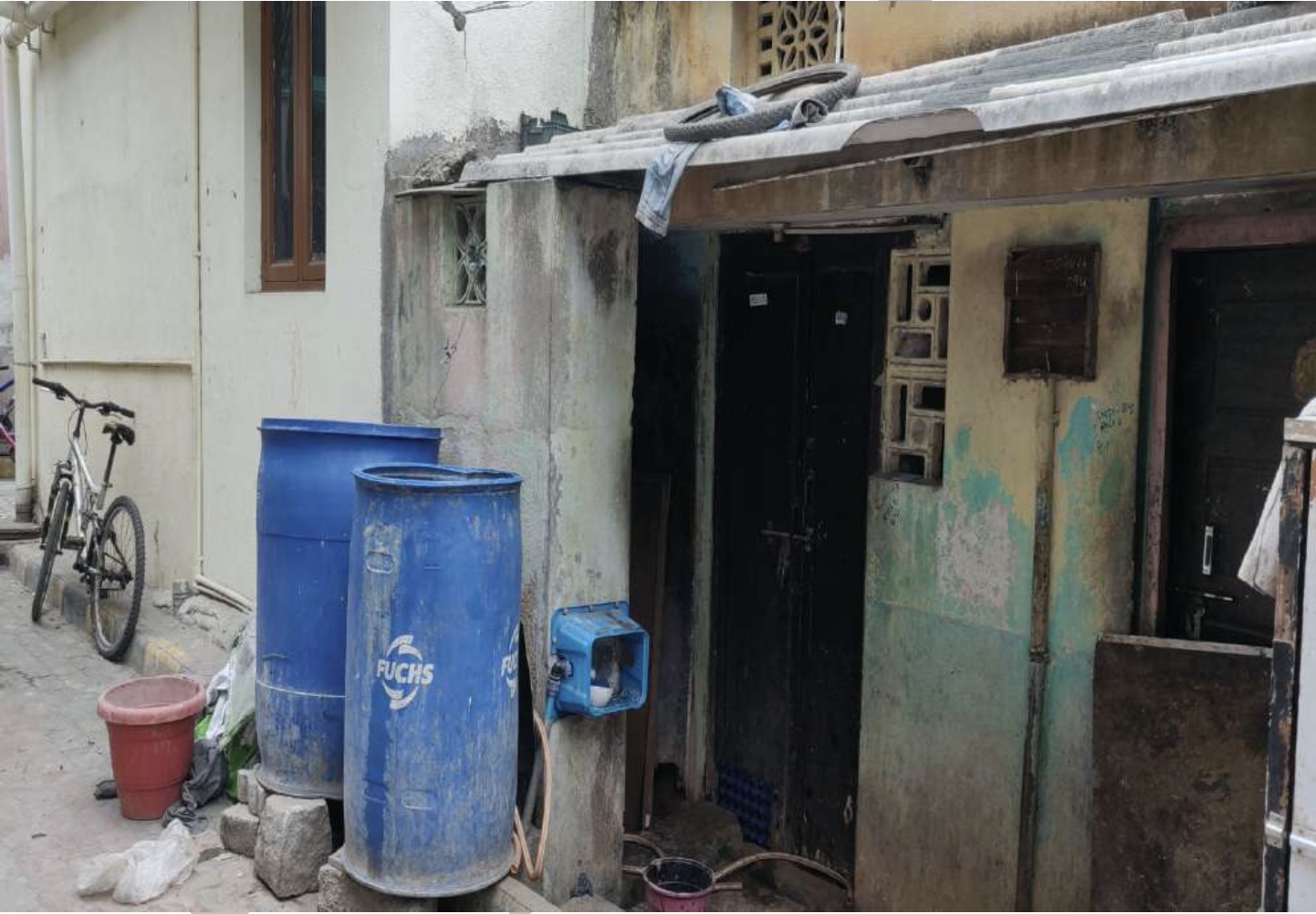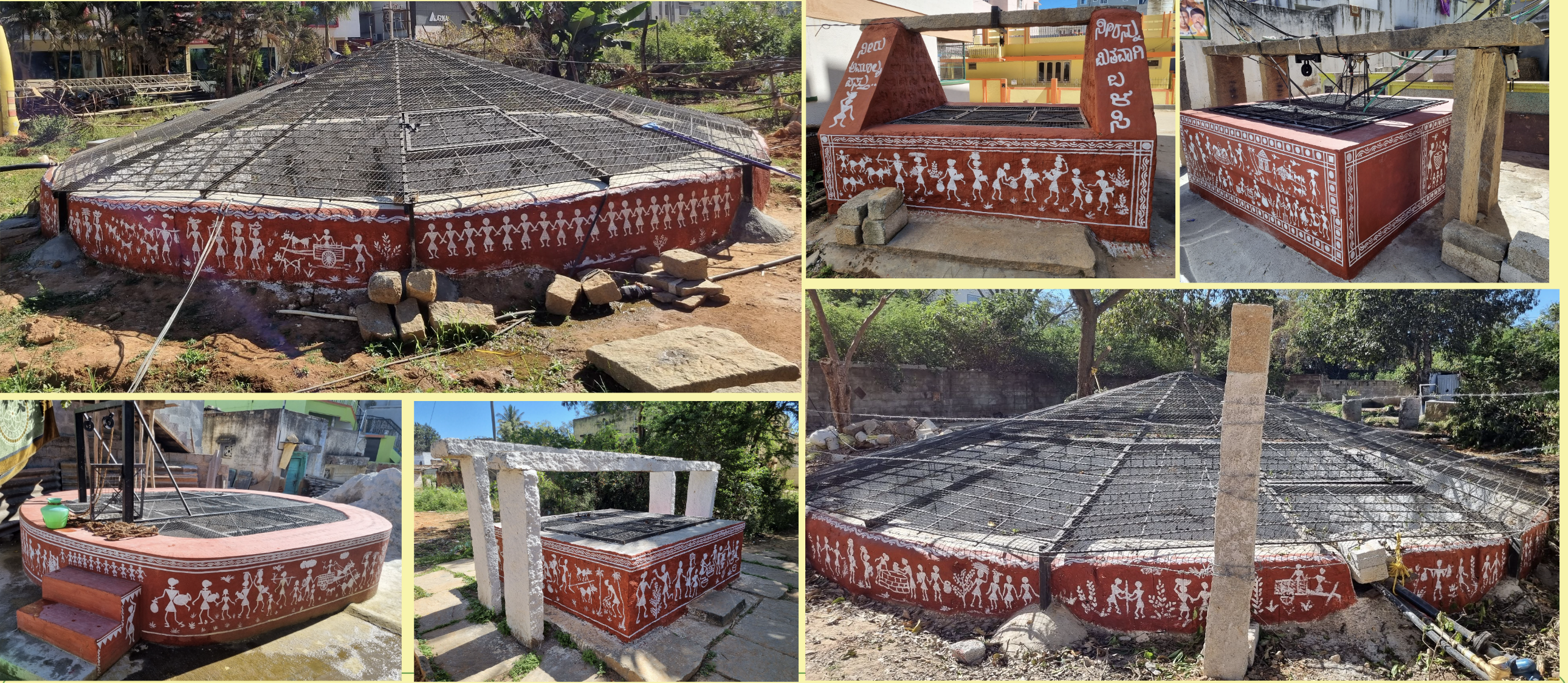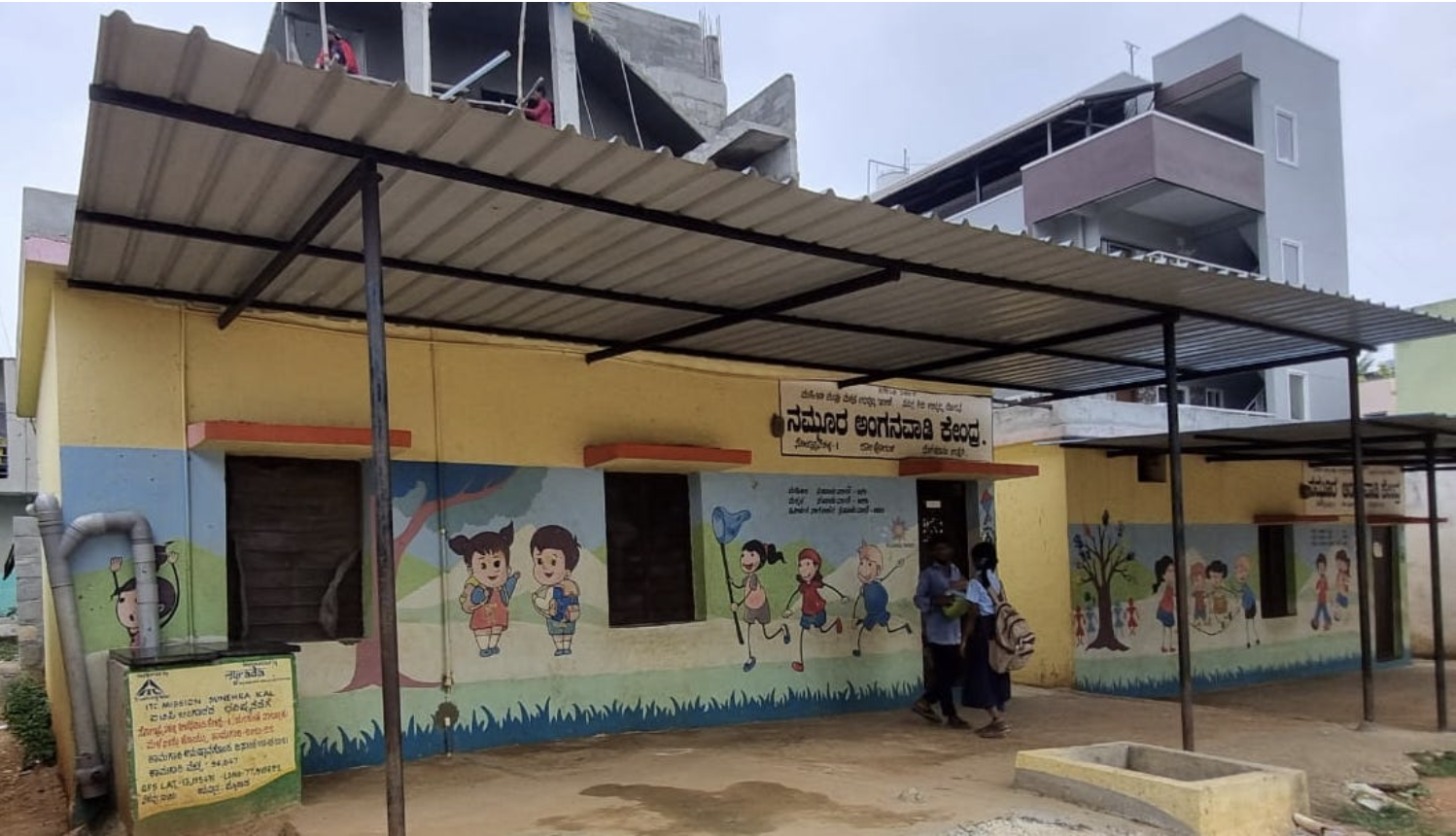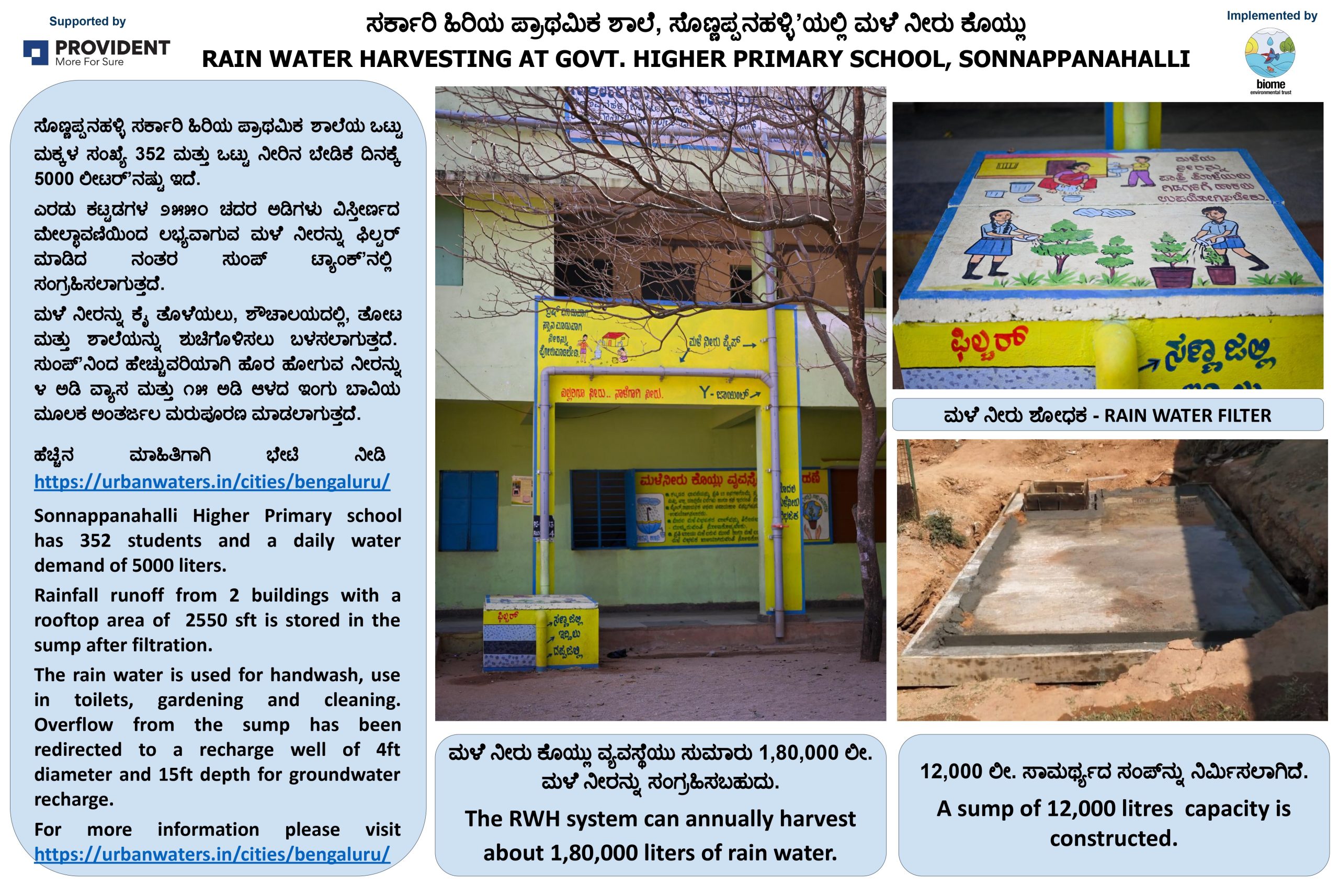Aquifers
The word “groundwater” might conjure the image of a wide, subterranean sea or lake beneath our feet but this important water source is actually extracted from underground layers of water-bearing soil or rock. All sources of groundwater are found in aquifers, which are are single continuous water-bearing formations in rock or soil, that serve as its container.
There are broadly two types of aquifers, ‘confined aquifers’ in which water is held under pressure by surrounding rocks, and ‘unconfined aquifers’ i.e., soil or highly permeable rock layers which contain water at more or less atmospheric pressure. Unconfined aquifers tend to be shallow, while confined aquifers tend to be deep. There may be multiple aquifers in the same area at different depths, and these may or may not be connected to each other. Water enters an aquifer when rain or surface water infiltrates the ground, and then percolates i.e., seeps down through soil and rock layers. This process is how aquifers recharge. The primary source from which aquifers recharge is rain, but they also receive water that seeps in from lakes and rivers.
Aquifers vary depending on local geology – that is, the nature of soil and rock structure underground. They are the basic units of groundwater and are ‘common pool resources’, which means that, like lakes and rivers, aquifers cannot be privately owned. This is because there are many users that depend on the water in aquifers and these aren’t just us human beings – aquifers also support the needs of animals, birds and plant life. This makes understanding and protecting them all the more important, and a responsibility that lies on us humans who are by far the biggest users of aquifers.

Aquifers are connected to rivers and also contribute to their flow. In India, half the urban water usage and over 90% of rural usage is estimated to be dependent on aquifers. But groundwater management has largely been focused on the supply side, on developing and using source infrastructure like wells and pumping systems to extract groundwater, while aquifers, the real resource, have been neglected.
Each aquifer has a certain capacity for storing water, and a specific rate at which water flows through it. Any action on any point in the aquifer, such as withdrawal of water or entry of pollutants will affect the entire aquifer. Any user of an aquifer affects the water supply and thereby affects others who also might also depend on it. If water is drawn from an aquifer at a rate higher than that at which it gets replenished, it could dry up.
Geology Matters
An aquifer could be local, limited to a few square kilometres, or it could be spread across entire regions. There are conflicts over aquifers in many parts of the world, especially when they are spread across international borders. An example is the conflict between India and Pakistan over the Indus river basin that represents a massive 16 million hectare aquifer. Many Middle Eastern countries are involved in similar conflicts.
Our open wells and borewells get water when they hit aquifers. While open wells tap into shallow aquifers, borewells get water from deep aquifers. The geology of an area could affect water quality in an aquifer. For example, if rock layers have high fluoride levels, the groundwater there could have fluoride contamination. In Indian cities, water in deep aquifers are often drawn indiscriminately through borewells. Deep aquifers accumulate water over many years, and take long to replenish. In contrast, shallow aquifers are usually dynamic, and get replenished quicker. This is why drawing water from open wells/ shallow aquifers is preferred, and borewells/ deep aquifers should ideally be reserved for emergencies. Knowledge of the aquifer you draw water from can help you decide how to use and recharge them sustainably and assess the quality of the water.
Bangalore’s geology is formed by broadly four types of soil formations, of which the top three are water-bearing. The uppermost layer is topsoil, rich in humus and organic matter, and from which tree roots typically draw water. In Bangalore, this layer is around 10 feet deep.

The next layer, at depths of about 10 to 100 feet, is the weathered zone. This zone appears like soil, but is in fact rock ground down to powder. Shallow aquifers are found in this layer.
The third layer is hard rock with cracks in it, which starts at depth of around 100 feet and is less permeable. Water percolating down to this layer does not get absorbed, but gets trapped in the cracks of rocks. Deep aquifers are found in this layer. With depth, hard rock becomes even less permeable, and the number of cracks decrease. Hard rock has many cracks upto depth of about 100 to 700 feet, but the numbers decrease after 700 feet. Below 1700 feet, there are typically very few or no cracks, and this layer is referred to as bedrock.
Although we cannot see aquifers, it is possible to map them to understand and manage them better. However, this has not yet been done in urban India. One of the more simple ways of mapping aquifers is to examine and monitor the behaviour of wells and borewells which can provide the basic data on aquifers. The Edwards Aquifer in Texas is an example of a mapped aquifer. One tool to map aquifers is through Vertical Electrical Sounding (VES), i.e, measuring variations in electrical resistivity of the ground. Electrical resistivity is a measure of how strongly a material opposes electric current flow. VES mapping helps identify zones that yield groundwater, and the direction and quality of water there. A more actionable way of mapping aquifers is by making them participatory – i.e., supplementing researcher data with information from the users of wells and borewells themselves. In participatory mapping, users gather and share data and stories of their own wells, helping them to engage better with their aquifer, and use it more sustainably and responsibly. Bengaluru has a platform to allow citizens to engage in such participation at Groundwaters.in.
Further reading:
Competition and conflict for groundwater: The urban context and potential for cooperation


